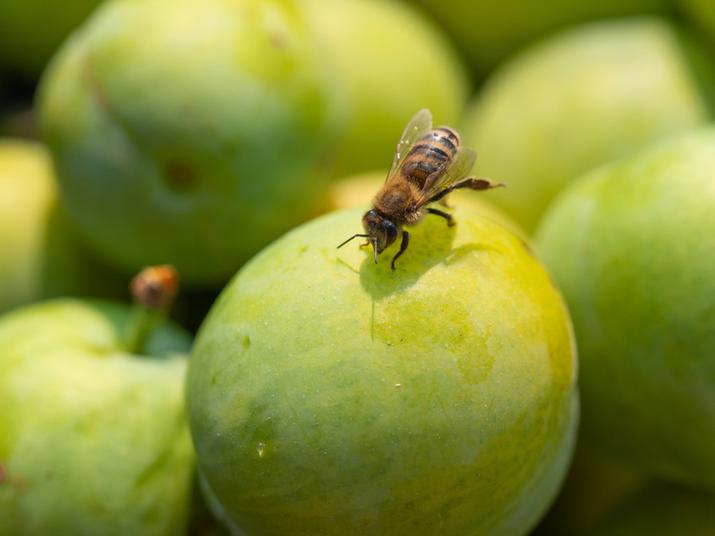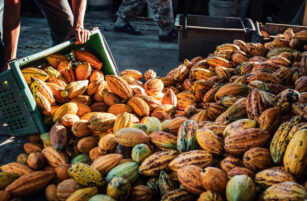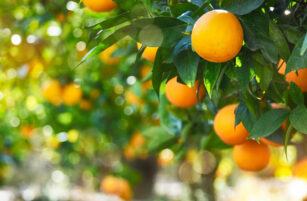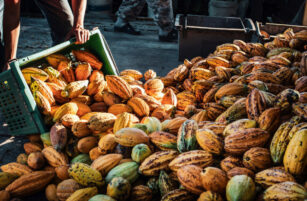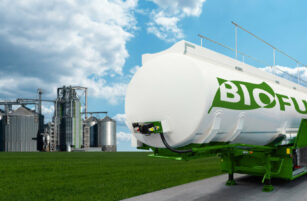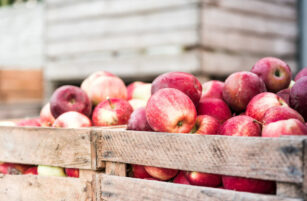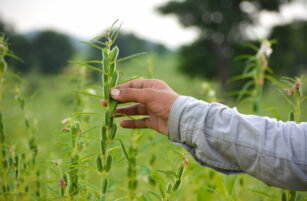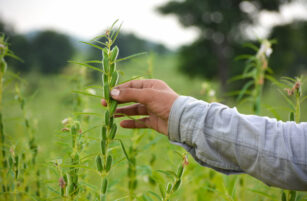Insight Focus
- Contrary to popular belief, global honeybee populations are flourishing.
- However, it is wild bee species that require preservation and monitoring efforts.
- Better care for wild bees combined with technology could help farmers unlock higher yields as food prices continue to rise.
Bees Are Backbone of Agriculture
Pollinators such as bees are crucial to the global food supply chain. Pollination can improve yields, quality and resilience of crops and, although some crops are wind pollinated, 87 crop types that benefit from pollination by animals make up 35% of the world’s agricultural output by volume.
Other creatures and insects can pollinate crops, but bees are synonymous with pollination.
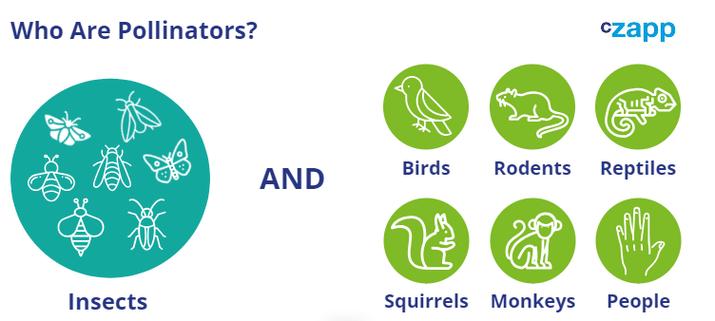
For several years now, there have been warnings over declining bee populations. In fact, the FAO has warned that if this trend continues, it will have a huge impact on global nutrition and the availability of food.
Notably, yields of nutritious crops such as fruits, nuts, and many vegetables could dwindle and be increasingly substituted by staples such as rice, corn, and potatoes. This is important because dietary variety is extremely important for health.
Europe’s bee population is especially important. The Mediterranean Basin hosts about 3,300 wild bee species – about 87% of all those found in Europe, Northern Asia and North Africa.
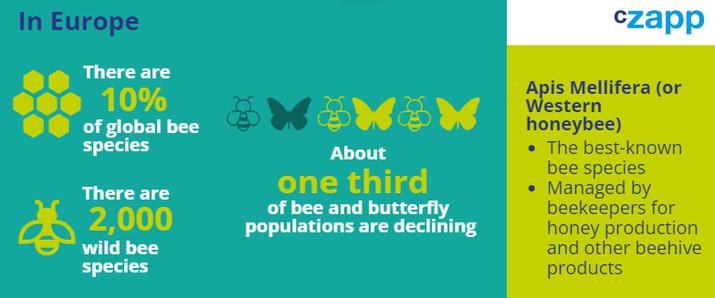
According to the European Commission, 10% of bee and butterfly species are now endangered. Some of this is attributed to climate change, land management practices and pesticide use.
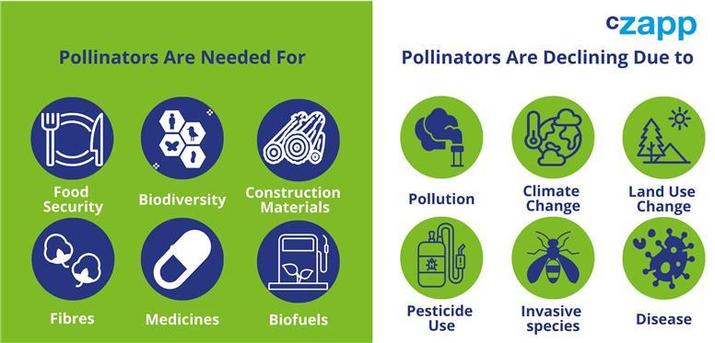
This is one reason why, in 2018, the use of neonicotinoids was banned in Europe. Neonicotinoids are some of the most widely used insecticides globally and are used on over 140 crop varieties to control certain pests.
A Closer Look at Bee Diversity
An initial look at the data within Europe shows that the overall number of honeybee hives on farms is actually increasing instead of declining.

Source: Eurostat
The same trend can be seen in bee colonies globally.
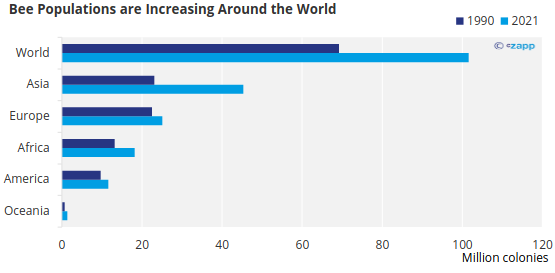
Source: FAOSTAT
But this does not necessarily show the entire picture. Managed bee colonies often consist of the western honeybee, but recent research has shown that wild bees, such as bumblebees, furrow bees, mining bees and mason bees, are just as effective as pollinators.
The research also concluded that a more diverse mixture of wild bee species led to a better apple seed set (which means more seeds within the fruit). But the presence of honeybees is often associated with lower wild bee diversity.
So, what does this mean? In brief, more diverse bee populations are positive for pollination, but a focus on honeybee pollination may be threatening this diversity.
According to trade data, the number of live bee imports has been steadily high over the past four years, with a peak seen in 2020 likely due to Covid-19 and an increased awareness about food production.

Source: UN Comtrade
Many of these imported bee packages – even those that are sold parasite-free — are at risk of containing parasites that can be spread to other bee species.
Are Bee Populations Declining?
The answer to this question is yes and no. While managed honeybee hives seem to be flourishing, Europe’s wild bee population is growing less diverse, and several species are now under threat.
This is already leading to declining yields of pollinated crops. In the EU, potato yields climbed until 2020, when they began to dip. As the population grows, higher yields will be needed to ensure food supply.
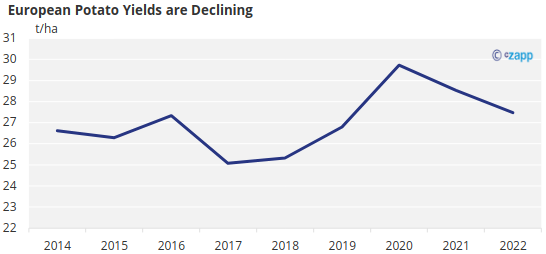
Source: Eurostat
Not all food crops are pollinated by bees, but those that are provide a huge amount of dietary variety. Hand pollination can be carried out, but it comes with huge associated time and cost burdens according to an analysis by MIT.

At a time when food prices are rising, farmers would have to pass on the huge cost burden of hand or mechanized pollination.
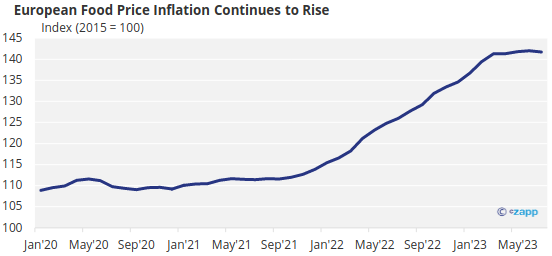
Source: Eurostat
What Can We Do About It?
So, what can we do to reverse the trend of declining wild bee populations? Well, first we need to get a better understanding of what is happening with wild bee colonies. Globally, there is a dearth of information about wild bee populations.
Another initiative that is underway in many European nations is the drive for greater wildflower coverage. Wildflowers provide vital nutrients for pollinators, as well as providing support for soil.
And technology may have a key role to play in assisting pollinators in the future. Researchers at the University of Harvard’s Wyss Institute have developed RoboBees, which are designed to complement bee pollination and monitor crop environments.
The RoboBees have not yet operated outside of the lab but as the cost of food continues to increase, technologies like these could provide value as farmers try to attain higher and higher yields.
